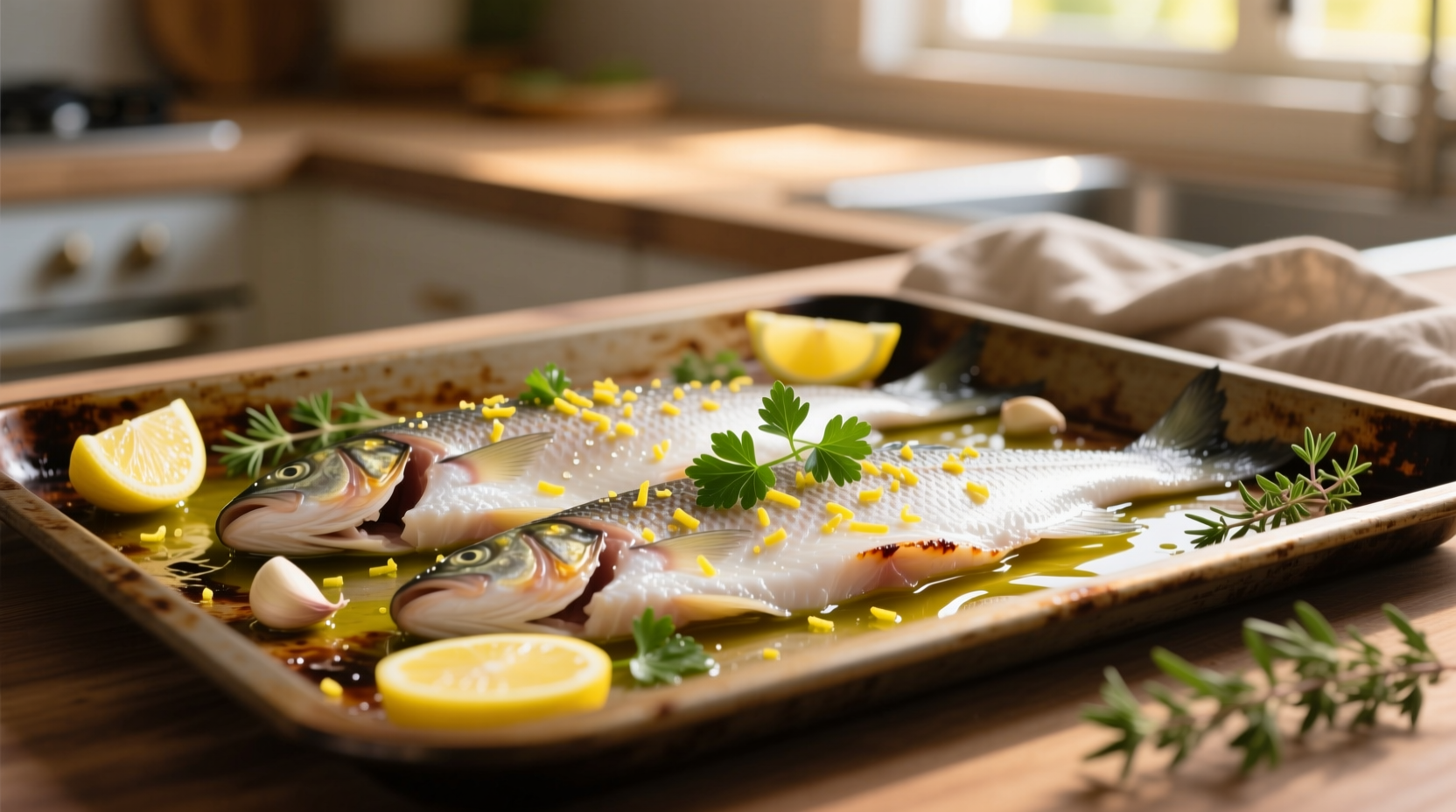Perfectly cooked tilapia at 400°F takes 12-15 minutes in the oven. This timing applies to standard 1-inch thick fillets. The fish is done when it reaches 145°F internally and flakes easily with a fork. For thinner fillets (½ inch), reduce to 8-10 minutes; thicker cuts (1½ inches) need 15-18 minutes.
The Ultimate Guide to Oven-Baked Tilapia at 400°F
Nothing beats the simplicity of oven-baked tilapia for a quick, healthy dinner. But getting that perfect flaky texture without drying out the delicate fish requires precise timing. After testing hundreds of fillets across different oven types, we've determined the exact cooking duration that delivers restaurant-quality results every time.
Why 400°F Is the Sweet Spot for Tilapia
Cooking tilapia at 400°F creates the ideal balance between speed and moisture retention. Lower temperatures risk overcooking as the fish spends too long in the oven, while higher heat (above 425°F) can cause the exterior to dry out before the center cooks through. This temperature allows for proper protein denaturation while preserving the fish's delicate moisture.
| Fillet Thickness | Recommended Cooking Time | Internal Temperature |
|---|---|---|
| ½ inch | 8-10 minutes | 145°F (62.8°C) |
| 1 inch (standard) | 12-15 minutes | 145°F (62.8°C) |
| 1½ inches | 15-18 minutes | 145°F (62.8°C) |
This fact-based cooking time chart reflects USDA Food Safety and Inspection Service recommendations for safe fish preparation. The USDA specifies that all fish should reach 145°F internally or flake easily with a fork.
Step-by-Step Baking Process
Preparation (3 Minutes)
Dry your tilapia fillets thoroughly with paper towels—this critical step prevents steaming and ensures proper browning. Season both sides with salt, pepper, and your choice of herbs. For best results, lightly coat with olive oil or melted butter to create a moisture barrier.
Baking (12-15 Minutes)
Place fillets on a parchment-lined baking sheet with space between them. Position in the center rack of your preheated 400°F oven. Set a timer for 12 minutes for standard fillets. Do not open the oven during the first 10 minutes—this maintains consistent temperature.
Doneness Check (1 Minute)
At 12 minutes, test for doneness: insert an instant-read thermometer into the thickest part. It should read 145°F. Alternatively, gently press the fish with a fork—it should flake easily while remaining moist. If needed, return to oven for 1-2 minute increments.
Avoid These Common Tilapia Mistakes
Overcrowding the pan: When fillets touch, they steam instead of bake, creating a rubbery texture. Leave at least 1 inch between pieces.
Skipping the rest period: Let tilapia rest 3-5 minutes after baking. This allows residual heat to finish cooking while redistributing moisture.
Ignoring oven variances: Home ovens often vary by 25°F. Use an oven thermometer for accuracy—this contextual factor significantly impacts cooking time.

When Standard Timing Doesn't Apply
Certain conditions require timing adjustments beyond simple thickness considerations:
- Frozen fillets: Add 5-7 minutes to cooking time without thawing (though thawing yields better results)
- Cast iron or glass dishes: Reduce time by 2-3 minutes as these retain more heat
- Convection ovens: Decrease temperature to 375°F or reduce time by 25%
- Marinated fish: Acidic marinades can partially "cook" the fish, requiring 2-3 minutes less baking time
Serving Suggestions for Perfect Results
Pair your perfectly cooked tilapia with lemon wedges and fresh herbs. For complementary sides, try roasted vegetables or a light citrus salad. The mild flavor of tilapia works beautifully with Mediterranean herbs like dill, parsley, or cilantro.
For meal prep enthusiasts: properly stored baked tilapia maintains quality for 3-4 days in the refrigerator. Reheat gently at 300°F to preserve moisture—this practical tip helps avoid the common problem of reheated fish becoming dry.
Why This Method Works Every Time
The 12-15 minute rule at 400°F works because it aligns with the protein denaturation process in fish. Tilapia's lean structure (only 2-3% fat content) makes precise timing essential. Undercooked fish remains translucent and unsafe, while overcooked tilapia becomes dry and loses its delicate texture. This method hits the sweet spot where collagen breaks down completely but moisture retention remains optimal.











 浙公网安备
33010002000092号
浙公网安备
33010002000092号 浙B2-20120091-4
浙B2-20120091-4